Ambient Temperature Effects on 3 Wire RTD
If it is necessary to perform the temperature measurement, some distance away from where the RTD is installed, ambient temperature can have a detrimental effect on the integrity of the measurement.
The reason is that the leads that connect the RTD Sensor to the transmitter, will have resistance of their own, and what is more, this resistance will change with changing ambient temperature. The error introduced by lead resistance, can of course be minimised, if leads with very low resistance is used.
An ingenious approach to the lead resistance problem, is the three wire method, illustrated in above Figure. The three wire method attempts to cancel the effect of the lead resistance, by introducing the same resistance in both branches (wires c and a) of the Wheatstone bridge.
The three wire method is used extensively for industrial RTD’s. Three leads a, b and c, connect to the RTD and the resistance of wires a and c must be matched. This method assumes that the meter is a high impedance device, and that essentially no current is flowing in the b wire, which only acts as a voltage sense lead.
Also Read: Mathematical Proof for RTD Temperature Effects
Ambient Temperature Effects on 4 Wire RTD
The four wire method, depicted in Below Figure, alleviates many problems associated with the Wheatstone bridge.
Instead of using a Wheatstone bridge configuration, a current source is employed to supply a constant current I, to the RTD, through wires a and d.
A high impedance voltmeter M, measures the voltage developed across the RTD, via wires b and c.
The measured voltage is directly proportional to the resistance of the RTD, so only the conversion from resistance to temperature is necessary. Wires b and c only act as voltage sense leads, and with M a high impedance meter, virtually no current flows in wires b and c, and therefore no voltage drop in these leads and thus no lead resistance error in the measurement.
The disadvantage of the four wire method is that we need one more wire than with the three wire method, but it is a small price to pay if we are at all concerned with the accuracy of the temperature measurement. The four wire method is however gaining in popularity in industry.
Also Read: How RTD Measure Temperature
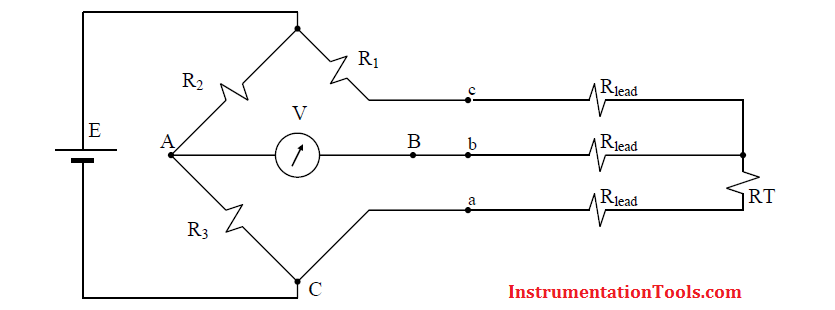
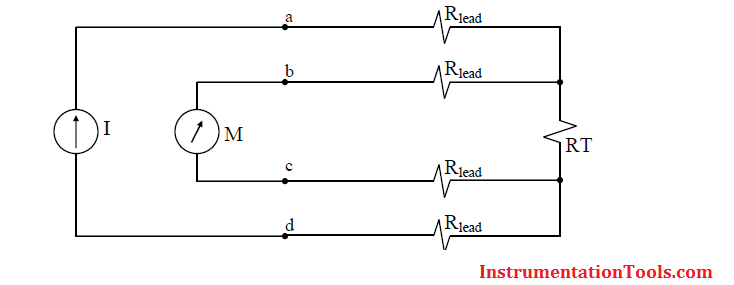
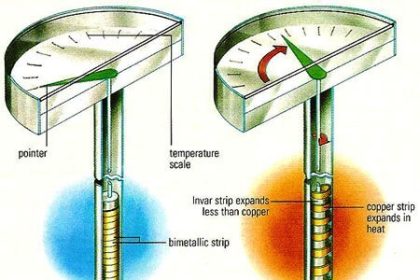
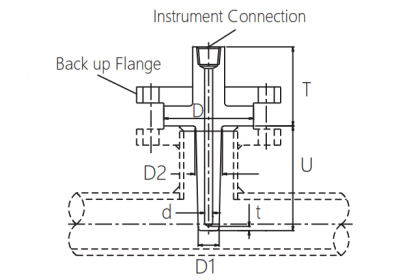
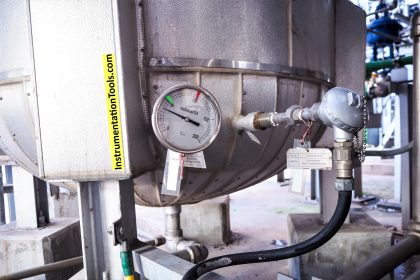


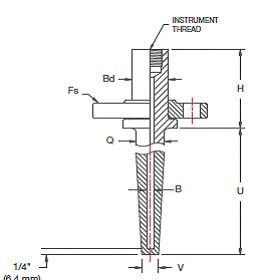
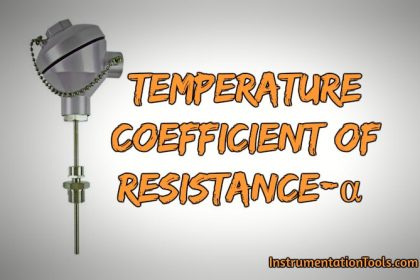
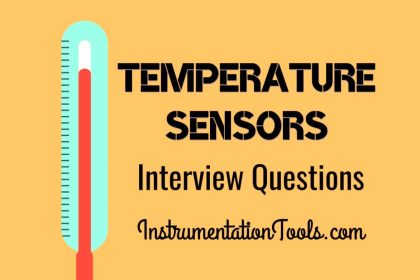
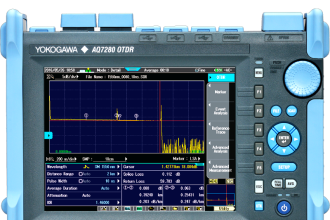
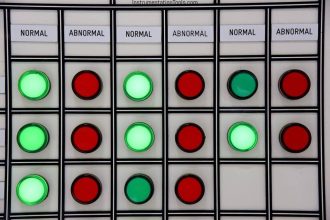
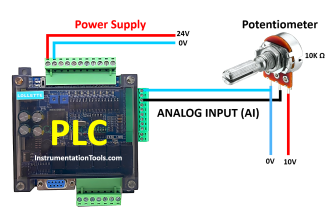
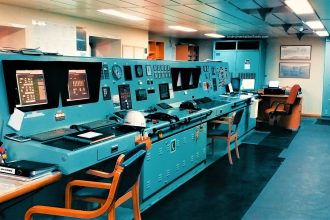
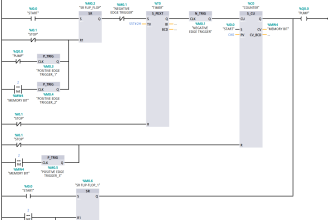

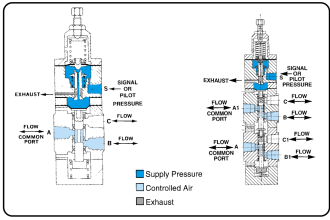

Its very important for our next interviews